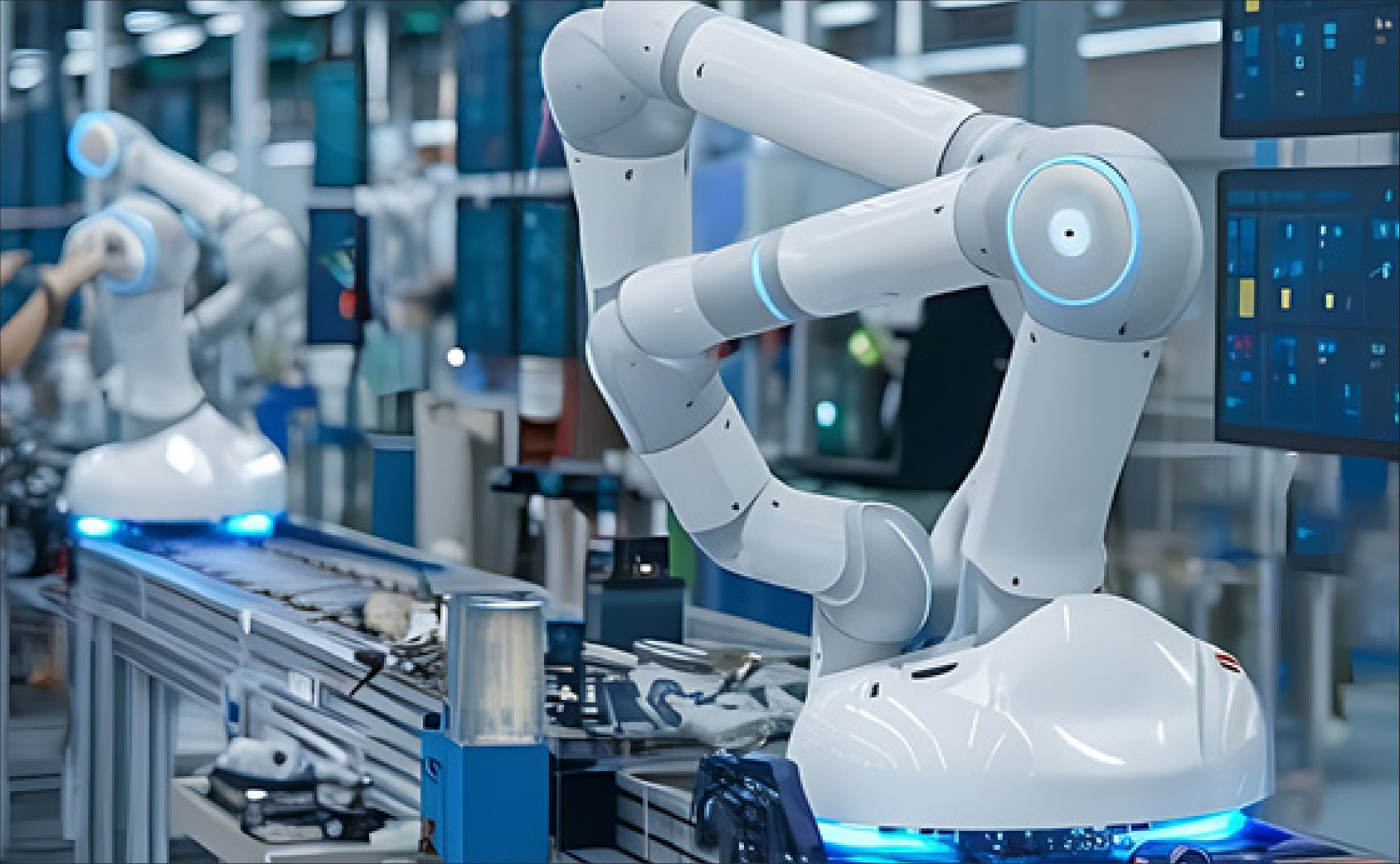AI in European Manufacturing: From Predictive Maintenance to Intelligent Production Lines

The AI in manufacturing market in Europe is currently experiencing substantial growth, propelled by the extensive adoption of advanced technologies such as Machine Learning (ML), Computer Vision, Natural Language Processing (NLP), and Context-Aware Computing across various industrial segments. The European manufacturing sector, which includes industries like automotive, aerospace, heavy machinery, pharmaceuticals, and electronics, is increasingly utilizing AI solutions to enhance operational efficiency, cut costs, and improve product quality. The market, valued at USD 9,571.04 million in 2025, is forecasted to reach USD 76,519.65 million by 2032, indicating a strong compound annual growth rate (CAGR) of 34.6%. This rapid growth is driven by factors such as the adoption of Industry 4.0, smart factory initiatives, digital transformation policies, and a rising demand for predictive maintenance, automation, and quality control.
Within this landscape, Machine Learning (ML) represents the largest segment of the European AI in manufacturing market. It is projected to grow from a market value of USD 3,908.16 million in 2025 to USD 31,820.93 million by 2032, achieving a CAGR of 34.93%. ML applications are widely employed for predictive analytics, supply chain optimization, defect detection, and the optimization of production processes. Manufacturers are leveraging ML algorithms to analyze both historical and real-time data, facilitating proactive decision-making, minimizing downtime, and enhancing overall equipment effectiveness. The increasing necessity to boost manufacturing agility, adapt to changing market demands, and eliminate operational inefficiencies has significantly accelerated the adoption of ML-based solutions across European manufacturing facilities.
Computer Vision is another significant contributor to this market, with projections indicating growth from USD 2,770.57 million in 2025 to USD 23,782.61 million by 2032, representing a CAGR of 35.95%. The technology finds extensive application in quality inspection, robotic guidance, defect detection, and process monitoring, where automated vision systems provide faster and more accurate assessments compared to traditional manual inspection methods. European manufacturers, particularly in the automotive, electronics, and food & beverage sectors, are integrating Computer Vision into their production lines to ensure high-quality standards, minimize waste, and adhere to stringent regulatory requirements. The increasing availability of affordable vision sensors, high-resolution cameras, and cloud-based analytics platforms is further propelling the adoption of Computer Vision solutions in manufacturing.
Natural Language Processing (NLP) is also gaining momentum as manufacturers increasingly pursue AI-driven solutions for documentation management, workflow automation, and enhancing human-machine interactions. The NLP market in European manufacturing, valued at USD 1,496.41 million in 2025, is projected to reach USD 11,211.91 million by 2032, with a CAGR of 33.34%. NLP facilitates the automated processing of maintenance logs, operational reports, and customer feedback, enabling organizations to make data-driven decisions and enhance communication between humans and machines. By utilizing NLP, manufacturers can mitigate operational delays, improve workforce efficiency, and implement real-time monitoring and reporting, ultimately boosting overall productivity.
Context-Aware Computing, with a market size of USD 912.47 million in 2025, is anticipated to grow to USD 6,552.09 million by 2032, representing a CAGR of 32.53%. This technology allows manufacturing systems to adapt in real-time based on environmental conditions, sensor inputs, and operational parameters. It optimizes decision-making, improves energy consumption, and facilitates dynamic workflow adjustments critical in complex, large-scale industrial operations. The adoption of context-aware systems is especially vital in sectors like aerospace, automotive, and heavy machinery, where operational precision and adaptability are paramount.
The category labeled “Others,” which includes emerging AI technologies and specialized industrial AI applications, is expected to grow from USD 483.43 million in 2025 to USD 3,152.12 million by 2032 at a CAGR of 30.71%. This segment encompasses niche solutions such as AI-powered digital twins, robotic process automation (RPA) for manufacturing, and hybrid AI frameworks that integrate multiple technologies to enhance specific production workflows.
In summary, the landscape of Europe’s AI in manufacturing market is being shaped by robust industrial infrastructure, government endorsement for digitalization, and growing awareness of AI's transformative potential in production processes. The region's emphasis on sustainability, energy efficiency, and high-quality production standards is further catalyzing AI adoption. Across various sectors, including automotive, aerospace, electronics, pharmaceuticals, and heavy machinery, AI technologies are facilitating predictive maintenance, quality assurance, supply chain optimization, and enhancing human-machine collaboration. The integration of Machine Learning, Computer Vision, NLP, and Context-Aware Computing within production processes is becoming increasingly prevalent.